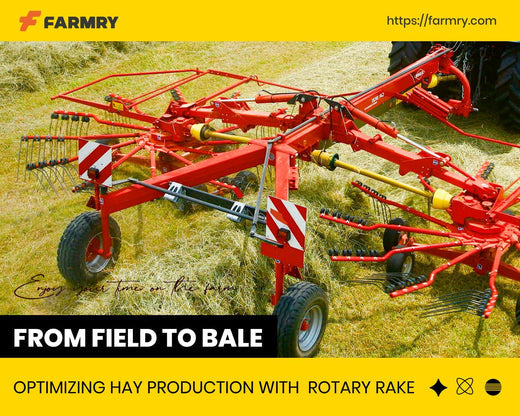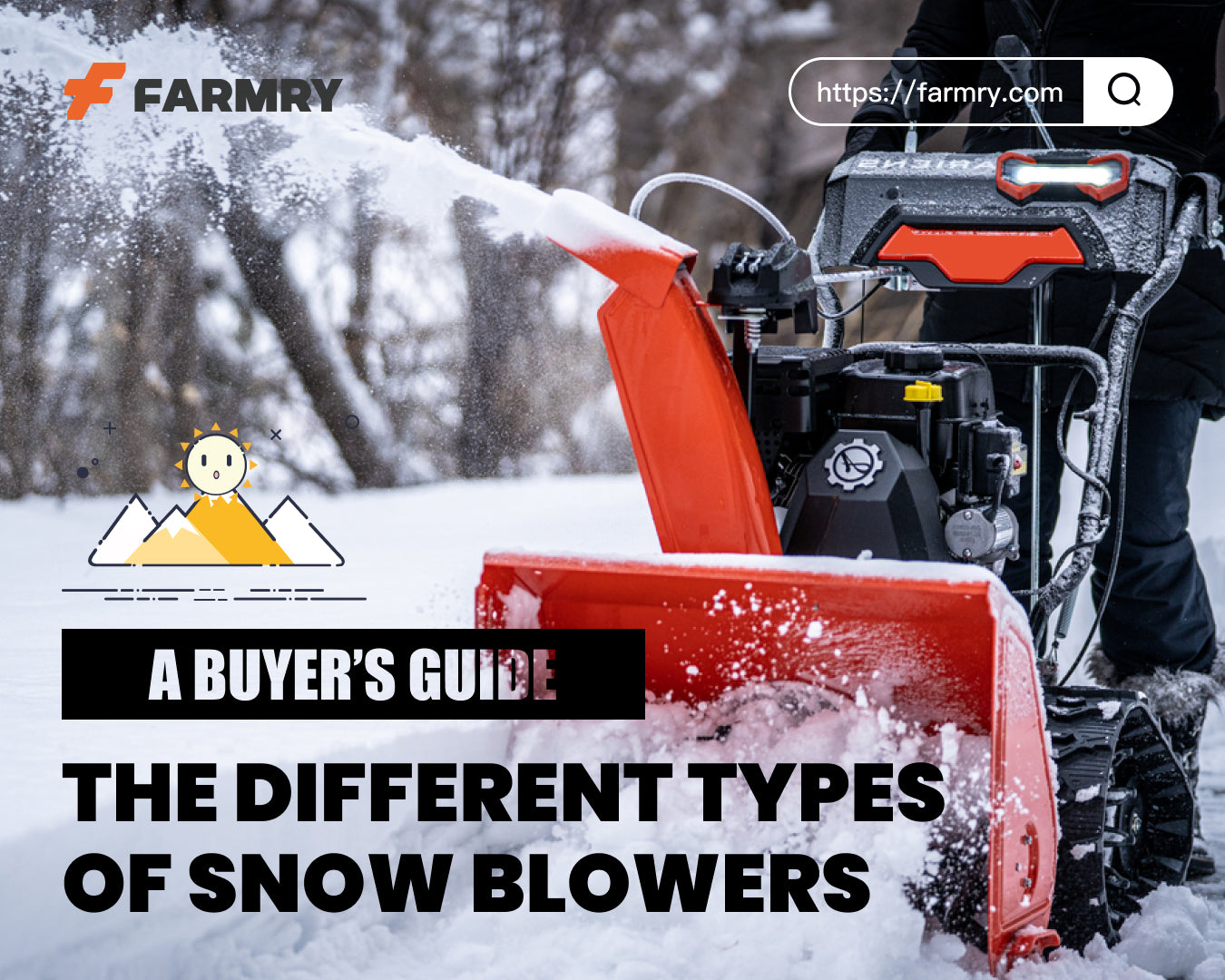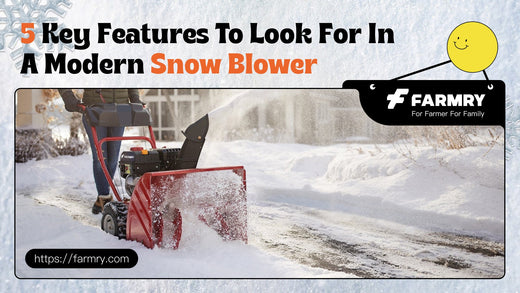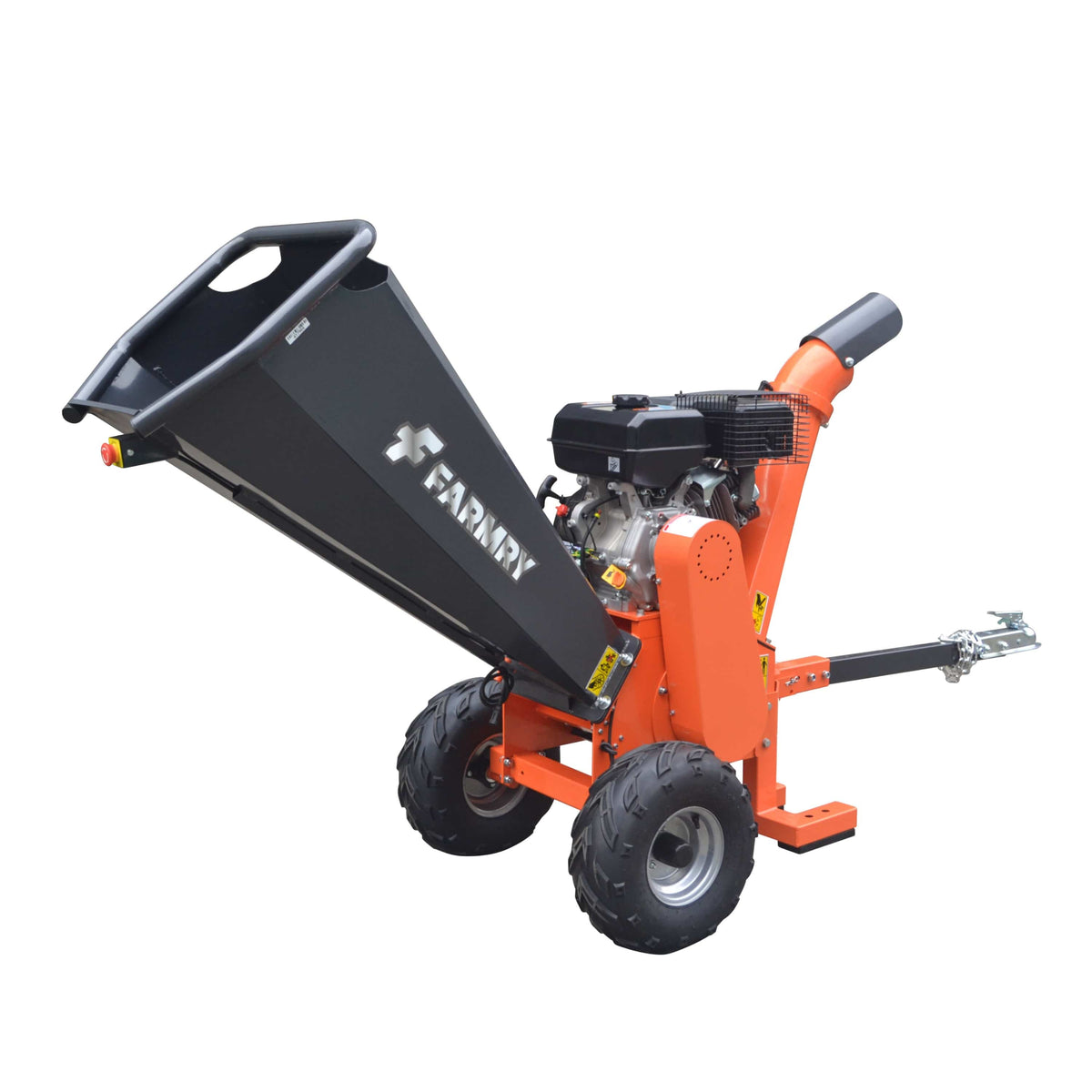Comparison with Other Mowers
 Offset Flail Ditch Bank Mower vs. Rotary & Sickle Bar: Which Mower Fits Your Land Best?
Offset Flail Ditch Bank Mower vs. Rotary & Sickle Bar: Which Mower Fits Your Land Best?
Choosing the right mower for your land isn’t just about price—it’s about performance, safety, and long-term value. Whether you're maintaining a small farm, ditch banks, or sloped areas, understanding the differences between mower types can save time and effort. In this article, we compare the offset flail ditch bank mower with rotary and sickle bar mowers to help you make the right choice.
Why Choosing the Right Mower Matters
Different mowers suit different terrains and vegetation types. Choosing the wrong one can result in excessive wear, poor mowing results, or even damage to your land. If your property includes uneven terrain, overgrown grass, or ditch banks, it's critical to select a mower that offers both reach and cutting power.
What Is a Flail Mower?
A flail mower uses a rotating horizontal drum with rows of hammer blades or Y-blades to shred vegetation into fine mulch. This design reduces the risk of flying debris, making it safer to use near roadsides and buildings.
Flail mowers are especially effective for clearing overgrown grass, small trees, brush, and even ditch banks. Their design allows them to follow ground contours and work well on uneven terrain.
Offset Flail Mowers Explained
An offset flail mower features an extended arm that positions the mower head outside of the tractor’s wheel path. When equipped with hydraulic offset, it allows for on-the-fly adjustment of the mower’s position both vertically and horizontally. This makes it easier to mow areas that are hard to reach, like fence lines, field edges, and embankments.
Many models are designed to be attached via a 3-point hitch, making them compatible with compact to mid-size tractors. Features like rear remotes for hydraulic control and adjustable cutting width make these mowers user-friendly and efficient.
Rotary Mowers (Brush Hogs): Pros and Cons
Rotary mowers, often called brush hogs, are known for their speed and simplicity. They use a large blade spinning horizontally at high speeds to cut grass and brush.
Pros:
-
Fast and effective on large, flat areas
-
Simple mechanics = less maintenance
Cons:
-
Not ideal for uneven terrain
-
High risk of flying debris
-
Rougher cut compared to a flail mower
Rotary mowers lack the finesse and safety of a flail mower, especially near populated or sensitive areas.
Sickle Bar Mowers: Where They Work Best
Sickle bar mowers use reciprocating blades to slice through vegetation cleanly. They're a go-to for haymaking or light-duty grass cutting on level land.
Pros:
-
Produces clean, straight cuts
-
Efficient for flat hay fields
Cons:
-
Struggles with thick brush or small trees
-
Poor performance on slopes or ditches
-
Requires more maintenance and clogging is common
Comparison Table: Flail vs Rotary vs Sickle Bar
|
Feature |
Flail Mower |
Rotary Mower (Brush Hog) |
Sickle Bar Mower |
|---|---|---|---|
|
Best Use Case |
Ditches, slopes, thick brush |
Open fields, light brush |
Flat hay fields |
|
Blade System |
Hammer blades, Y-blades |
Spinning blade |
Reciprocating blade |
|
Terrain Adaptability |
Excellent for uneven terrain |
Flat areas only |
Limited |
|
Finish Quality |
Fine mulch |
Coarse cut |
Clean cut |
|
Debris Safety |
High (minimal flying debris) |
Low (debris hazard) |
Moderate |
|
Maintenance |
Moderate (belts, blades) |
Low |
High |
|
Control Features |
Hydraulic/Manual Offset, Tilt |
Fixed |
Fixed |
Which Mower Suits Your Land?
-
Offset Flail Ditch Bank Mower – Best for tough jobs: steep ditches, road edges, or tackling brush, weeds, and overgrown grass. Offers reach and control thanks to hydraulics and rear remote capabilities.
-
Rotary Mower – Ideal for basic field maintenance on level ground. Cost-effective but less precise.
-
Sickle Bar Mower – Great for hay and soft grasses in open, flat fields. Not designed for heavy brush or slopes.
Total Cost of Ownership: What to Expect
Though offset flail mowers tend to have a higher upfront weight and cost, they provide excellent return on investment. With features like adjustable cutting width, heavy-duty hammer blades, and long-lasting belts, you gain efficiency and reduce labor time.
Additionally, because one machine can manage ditches, banks, and open ground, there’s less need to buy multiple implements.
Real-World Feedback from Buyers
From property managers to hobby farmers, users consistently mention in flail mower reviews that they appreciate the mower's versatility, clean mulching results, and reliability across a wide range of mowing conditions.
https://www.youtube.com/watch?v=ym187JIpgIc
Final Thoughts: Choose Based on Your Land's Needs
If your land includes slopes, fence lines, or rugged spots, a ditch bank flail mower is likely the most efficient and safest choice. It outperforms other mower types in reach, cut quality, and adaptability—especially for landowners who need a multipurpose solution.







